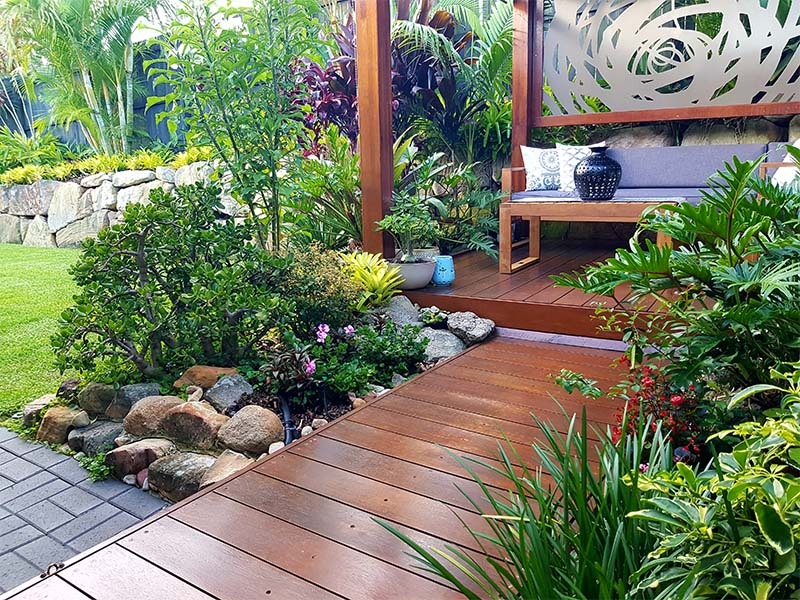As humans, nature’s beauty has always been a part of our lives. This is where landscaping comes into play. Landscaping is a form of art that involves designing and transforming outdoor spaces into beautiful and functional living areas. It can be done on a small scale, like a backyard, or a large one like a public park. It involves a combination of various elements such as plants, structures, water features, and lighting to create a visually appealing and harmonious environment. In this article, we’ll be discussing landscaping and its various aspects.
Importance of Landscaping
Landscaping is not just about making your yard look pretty. It has numerous benefits that make it essential for every homeowner to get landscaping services. Some of these advantages are:
1. Property value: A well-landscaped yard can increase your property’s value by up to 20 percent.
2. Curb appeal: The first impression of your home is crucial, and a well-manicured front yard can boost your home’s curb appeal.
3. Environmental benefits: Proper landscaping can reduce soil erosion, prevent water runoff, and enhance air and water quality.
4. Stress reduction: A beautiful outdoor space can help you relax and reduce stress levels.
5. Functional spaces: Landscaping can create functional outdoor spaces, such as patios, walkways, and even swimming pools that can be used for entertaining or leisure.

Elements of Landscaping
Several elements are involved in landscaping, and each plays a critical role in creating a beautiful and functional outdoor space. These elements include:
1. Plants: Plants are the most basic and vital element in landscaping. They provide color, texture, and shape to any outdoor space. They can also be used to define your yard’s boundaries or to provide privacy.
2. Hardscape: This includes all man-made structures such as walls, walkways, and fountains. Hardscaping elements are used to complement the surrounding landscape and add structure to the space.
3. Water features: Water features like ponds, streams, and waterfalls bring life to the landscape and provide sound and motion. They can also serve as ideal conversation pieces and focal points.
4. Lighting: Lighting can increase the beauty of a landscape, giving it an entirely different look and feel during different times of the day.
Landscaping Styles
There are various styles of landscaping, and each complements different architectural styles. Here are a few examples:
1. Formal landscaping: This style is characterized by symmetrical shapes, straight lines, and well-manicured plants. It works well with the classical architectural style.
2. Informal landscaping: This style is less structured and focuses more on natural elements. It works well with traditional and rustic homes.
3. Contemporary landscaping: This style is characterized by clean lines, minimal plantings, and a focus on hardscape features. It works well with modern architectural styles.
Conclusion
Landscaping is an excellent way to enhance the beauty of your outdoor space while providing functional areas for entertainment and relaxation. Hiring a professional landscaper can help you create a space that is tailored to your lifestyle and preferences. By understanding the essential elements and styles of landscaping, you can create an outdoor space that is not only visually appealing but also environmentally friendly and functional.





